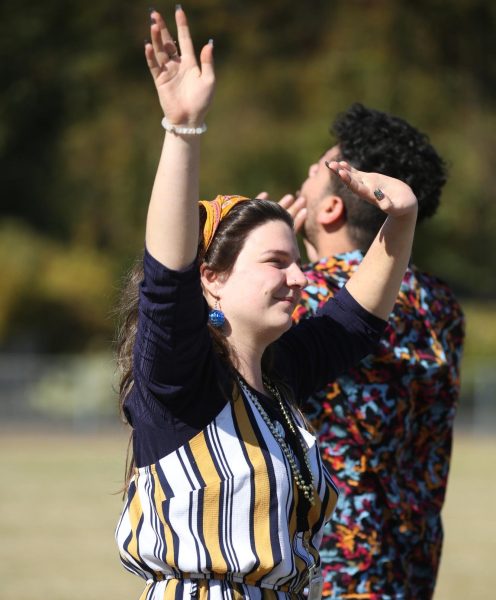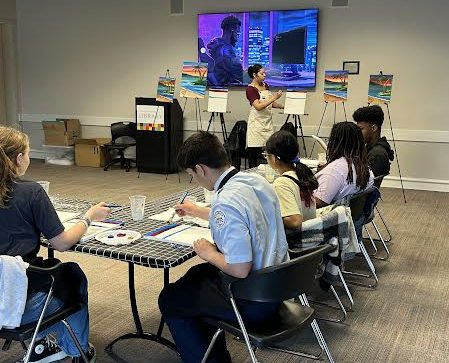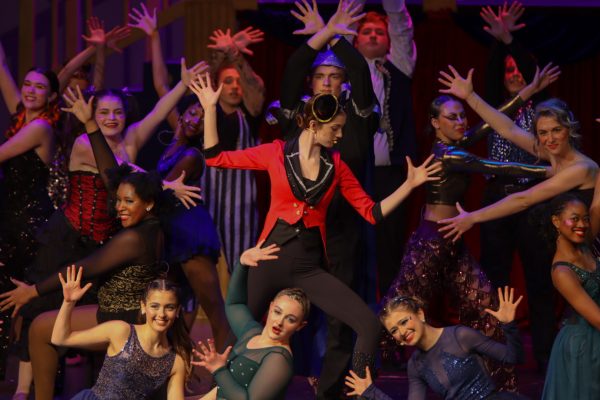Civil Rights Trip teaches students about American history
Less than four generations ago, an innocent African-American man was hanged in Mecklenburg County. Only a few years prior, another young black man in Charlotte was dragged from a hospital and lynched by a mob of whites, where the Bank of America stadium now lies. The fact that a football stadium —a symbol of American nationalism— lies on the same soil that a lynching occurred shows that the abolition of slavery nearly 150 years ago did not end the oppression of blacks in America. Segregation lasted for nearly a hundred years more and now systemic racism and mass incarceration illustrate the ongoing oppression against minorities in the United States.
The fact is, many are misinformed about slavery and its effects on society today. We learn about slavery through elementary, middle and high school and are taught that Abraham Lincoln singlehandedly ended slavery after the Civil War, that Martin Luther King Jr. led the civil rights movement to end segregation in America, and that under the law we are all free and equal, regardless of our skin color.
If you told the millions of African-Americans in jail right now that they were treated free and equally, would they agree with you? If you asked the thousands of African-Americans affected by police brutality if the civil rights movement fixed systemic racism in the United States, would they say yes?
In school, we are not taught the realities of civil rights. What if I told you that there is a way to learn about these issues and events in a life changing way? I can attest that the East Mecklenburg Civil Rights Trip truly fosters an understanding of these events through first-hand experience that you should consider attending.
On the Civil Rights trip in which I participated in March, we traveled through South Carolina, Georgia and Alabama. We walked across the Edmund Pettus Bridge in Selma, AL, stepped inside Ebenezer Baptist Church where Dr. Martin Luther King Jr. served as a pastor, saw Martin Luther King Jr.’s house, and visited numerous interesting museums.
When we were not at a monumental historic site or museum, we learned about people like Joe McNeely and Willie McDaniel, the African-American men mentioned earlier, who were lynched in Mecklenburg County.
Sadly, counties across the South have an extensive history of lynching that is reflected in the National Memorial for Peace and Justice in Montgomery, AL. Hundreds of giant cast steel rectangles hang in a massive pavilion, each one representing a county. Each steel pendulum has the names of each person lynched carved into the metal, putting the rampant lynchings of the South into perspective. The experience of walking under the thousands of names of innocent African-Americans who were lynched in the name of racial terrorism was heartwrenching.
Moments and experiences like these have ultimately changed me as a person. I urge you to please see Mrs. Winiarski for details about this trip if you are interested.
Your donation will support the student journalists of East Mecklenburg High School. Your contribution will allow us to purchase equipment and cover our annual website hosting costs.







